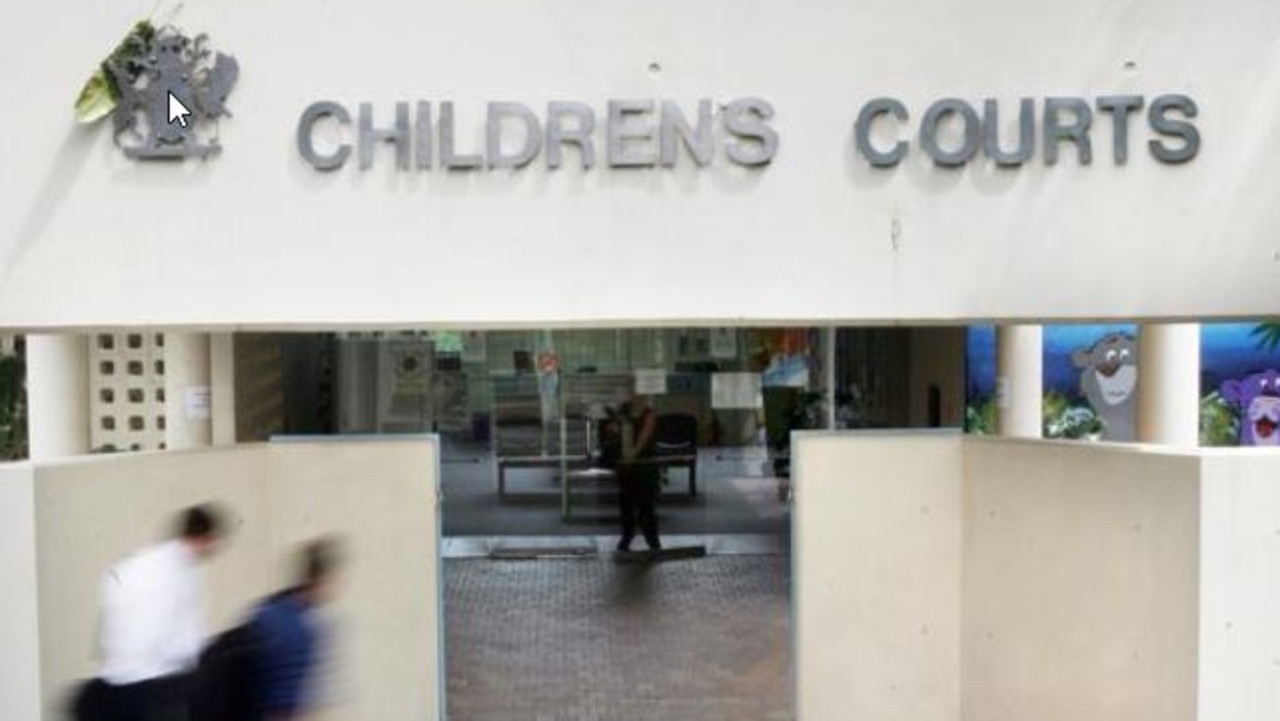Roundtable puts Qld cane at the centre of new green jet fuel industry
A roundtable between Boeing, Qantas and Virgin Australia with the Australian Sugar Milling Council shows Queensland’s sugar zones are in the box seat to profit from the brave new world of green aviation fuel.

News
Don't miss out on the headlines from News. Followed categories will be added to My News.
There’s a tailwind behind Mackay’s dream of a biofuels industry with a special roundtable signalling the era of “green” aviation fuel is here to stay and sugar growing regions are in the box seat to profit.
A state government meeting with representatives from Boeing, Qantas, Virgin Australia, the Brisbane Airport Corporation, Ampol, the Australian Sugar Milling Council and Bioenergy Australia highlighted how Queensland’s sugar zones could supply the world’s airlines with low-carbon aviation fuel.
“Queensland is recognised as one of the best locations for a supply chain on home soil due to our rich supply of feedstock such as sugarcane and tallow,” Deputy Premier Steven Miles said.
“If we get this right, Queensland could be producing and distributing green fuels for flights across domestic and international markets.
“Now is the time for action, or we risk this investment opportunity going offshore.
“That is why I convened a roundtable to bring together the entire supply chain at this roundtable – feedstock providers, technology developers, aviation, airports and refiners.”
Green jet fuel is produced through renewable or sustainable production processes as opposed to traditional fossil fuel extraction.

US company Mercurius, in collaboration with QUT, already runs a trial green fuel production plant at the Mackay Sugar Racecourse Mill converting bagasse – a natural by-product of the sugar milling process – into fuel.
QUT biorefinery research facility manager Jo Blinco said Mackay held competitive advantages in the new world of biofuels.
“There are a lot of benefits of being co-located in a region where you do have a lot of the substrates to start these processes,” she said.
“And for things to move forward, you have got to start building those regional biohubs where you have a critical mass of people and ideas and industries that can all co-locate and feed off each other to drive it all forward.”

She said the trial at Racecourse had entered a new phase with the installation of a “hydro-treater”.
“We have just commissioned a hydro-treater on site,” she said.
“After they do the conversion in the Mercurius plant, it goes through a hydro-treater and that is the part where they look at actually getting materials that can be used for jet fuel.”
Major airlines such as Qantas and British Airways have committed to net zero by 2050 and oil giant BP has said green jet fuel can reduce carbon emissions by 80 per cent over the life cycle of the fuel.
Mackay’s omnipresent cane fields also give it a green edge in other fields such as clean energy production and biocommodities.

The Racecourse Mill boasts a 38MW power station, installed in 2013, which uses bagasse to fire boilers and create high-pressure steam, which powers a turbine connected to a 66kV link.
The energy connects to the Glenella substation and provides enough electricity for about 30 per cent of the Mackay region.
A renewable commodities pilot plant at Racecourse is already experimenting with producing synthetic proteins and has partnered with an Australian business to have fungi make microbial oils to give products healthy fats and a “sensory aspect”.
QUT’s Professor Robert Speight said the pilot plant could potentially create a “whole range of different products”.
“The world is your oyster, think of pretty much any product and you can either have an organism or engineer an organism to make that,” the microbial technology professor said.
More Coverage
Originally published as Roundtable puts Qld cane at the centre of new green jet fuel industry





